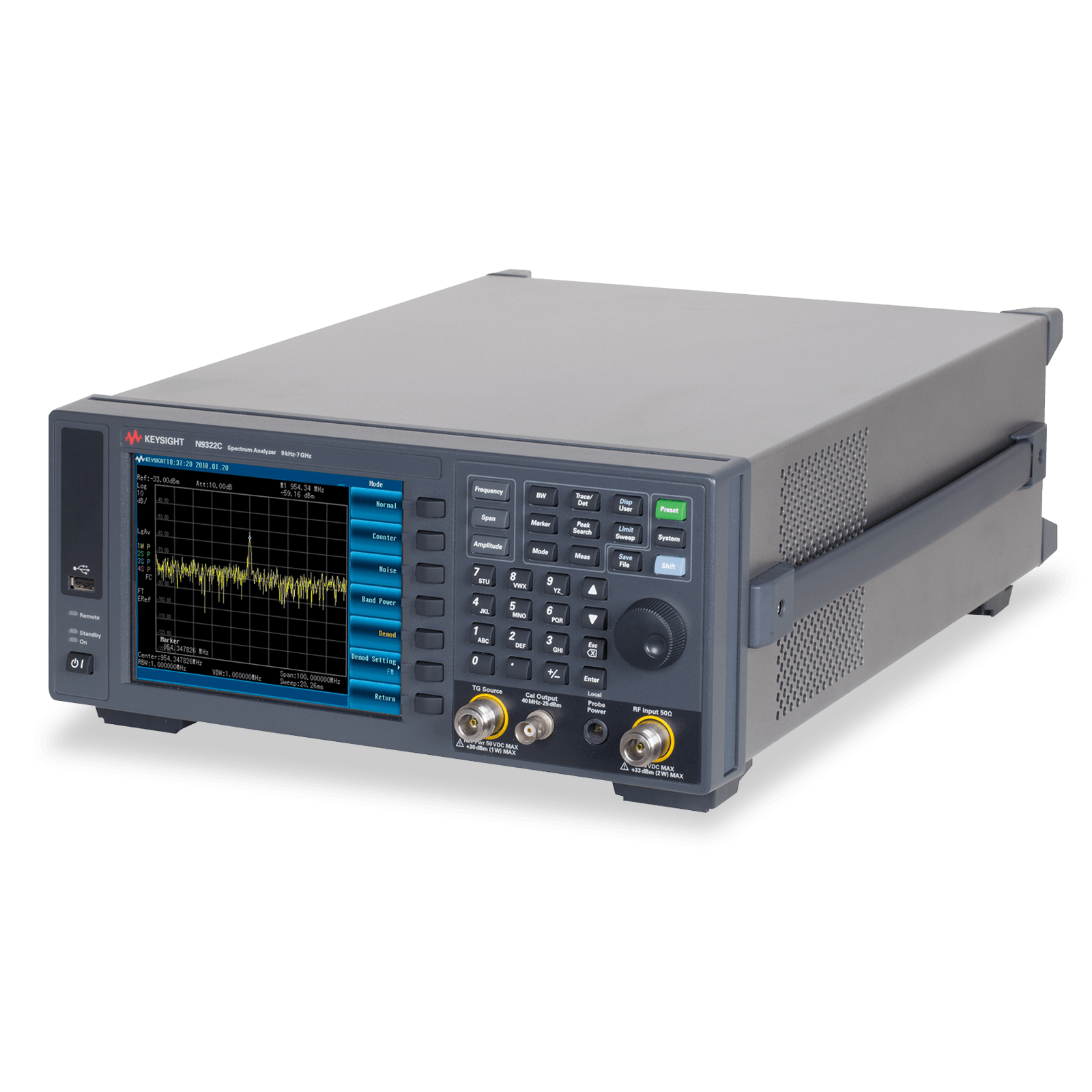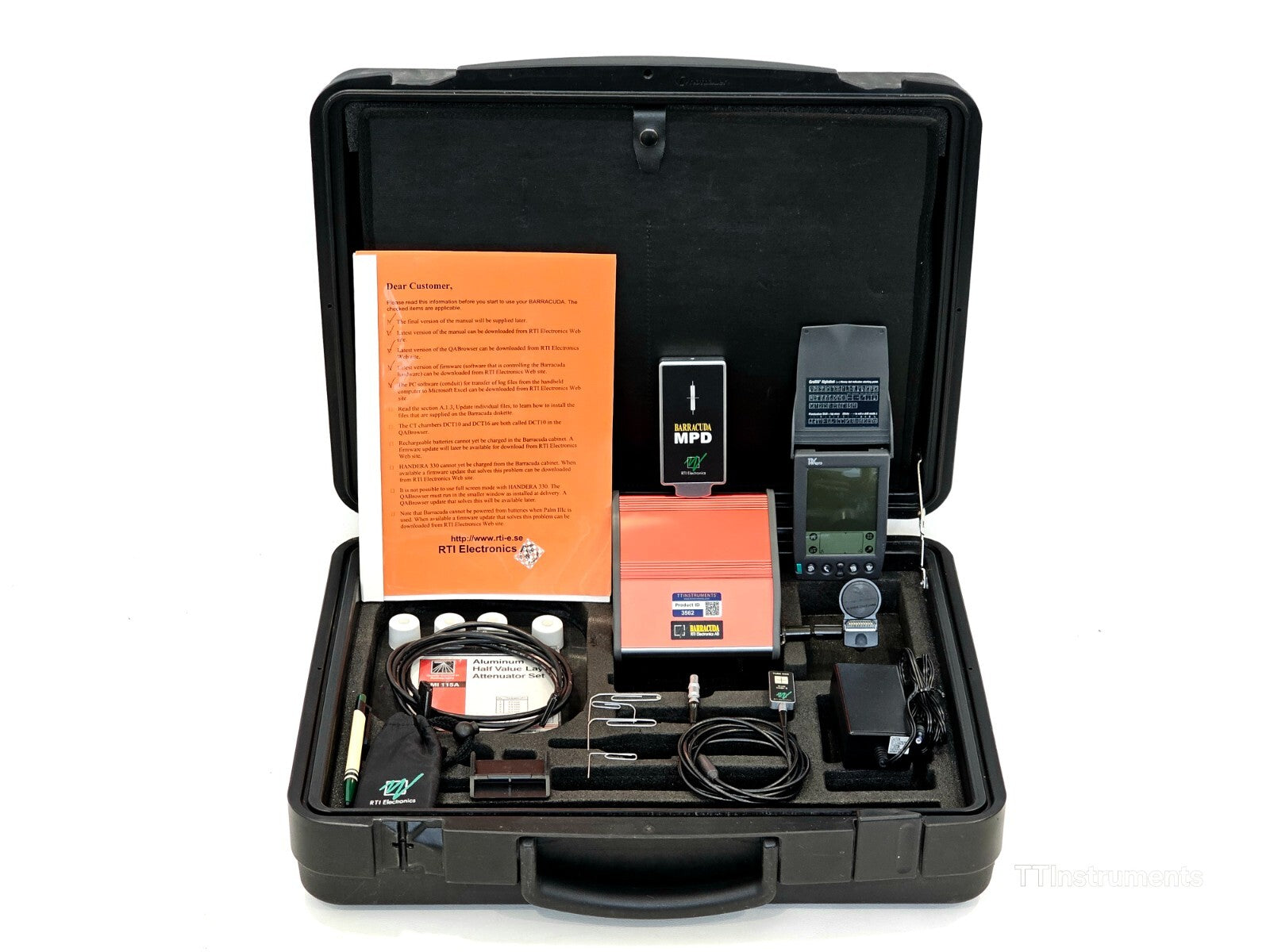
What to Look for in RF Network Analyzers
What to Look for in RF Network Analyzers
RF network analyzers are a cornerstone of high-frequency testing—whether you're developing antennas, tuning filters, or validating wireless components. But with a wide range of models on the market, selecting the right analyzer for your application isn't always straightforward.
This guide breaks down the key factors to consider when choosing an RF network analyzer, from port count and frequency range to dynamic range and calibration accessories.
Vector vs. Scalar Network Analyzers
The first thing to know is that not all network analyzers are created equal:
-
Scalar Network Analyzers (SNA) measure only the magnitude (amplitude) of a signal—useful for basic reflection and transmission measurements.
-
Vector Network Analyzers (VNA) measure both magnitude and phase, allowing for full S-parameter characterization. VNAs are standard in most modern RF test environments due to their precision and advanced capabilities.
1. Port Count: How Many Do You Need?
Basic VNAs offer 2 ports—ideal for testing single components like filters, cables, or antennas. However, if you're working with multi-port devices such as duplexers or RF switches, a 4-port (or more) VNA may be required.
More ports allow you to test devices without reconfiguring your setup, saving time and reducing errors.
2. Frequency Range
Your analyzer's frequency range should comfortably cover the operating range of your devices under test (DUT).
-
For Wi-Fi, Bluetooth, or mobile bands, look for analyzers up to 6 GHz.
-
For aerospace, satellite, or mmWave applications, higher-end analyzers covering 20 GHz, 40 GHz, or more are essential.
Keep in mind that a wider frequency range generally increases cost—so match the spec to your real-world testing needs.
3. Dynamic Range
Dynamic range defines the smallest signal difference your analyzer can detect, which is crucial when measuring high-isolation components or when trying to detect small reflections in the presence of large signals.
-
A good VNA should have a dynamic range of 100 dB or more.
-
Higher dynamic range = more accurate and cleaner S-parameter measurements.
4. Calibration Kits and Methods
To achieve accurate measurements, calibration is essential. Look for models that support common calibration techniques like:
-
SOLT (Short-Open-Load-Through)
-
TRL (Thru-Reflect-Line)
-
ECal (Electronic Calibration)
TT Instruments also offers a range of calibration kits and adapters to ensure your setup is traceable and precise.
5. Software and Data Export
Modern VNAs often include advanced features like:
-
Real-time data display
-
Time-domain reflectometry (TDR)
-
Scripting for automation
-
Export to Touchstone or CSV formats
Make sure the interface is intuitive and compatible with your existing tools or simulation software.
Shop RF & Microwave Test Equipment at TT Instruments
TT Instruments stocks a wide range of RF and microwave test equipment—new and used—including:
Whether you're looking for budget-friendly legacy gear or the latest modular platforms, we can help you find the right match for your application.
Getting the Right Fit
Choosing an RF network analyzer is a strategic decision—especially when you're working with complex, high-speed systems. By carefully evaluating port count, frequency range, and calibration support, you can ensure consistent and reliable RF measurements in any lab or field environment.
Need help finding the right instrument? Our team at TT Instruments is here to advise you.
FAQs:
1. What is the difference between a scalar and vector network analyzer?
A scalar network analyzer measures only signal magnitude, while a vector network analyzer measures both magnitude and phase, offering more detailed RF analysis.
2. How many ports do I need in a VNA?
Two ports are sufficient for basic testing, but multi-port VNAs (4+ ports) are better for testing devices like duplexers, switches, and complex circuits.
3. What frequency range should I look for?
Choose a frequency range that matches or exceeds your DUT. 6 GHz is common for general RF work; 40 GHz or higher may be needed for aerospace or mmWave.
4. Why is dynamic range important in RF testing?
Dynamic range defines the analyzer’s ability to measure weak signals in the presence of strong ones. A higher range means better accuracy and sensitivity.
5. What calibration methods should I consider?
Look for VNAs that support SOLT, TRL, or ECal. Regular calibration ensures accurate, repeatable measurements and compensates for setup variations.


